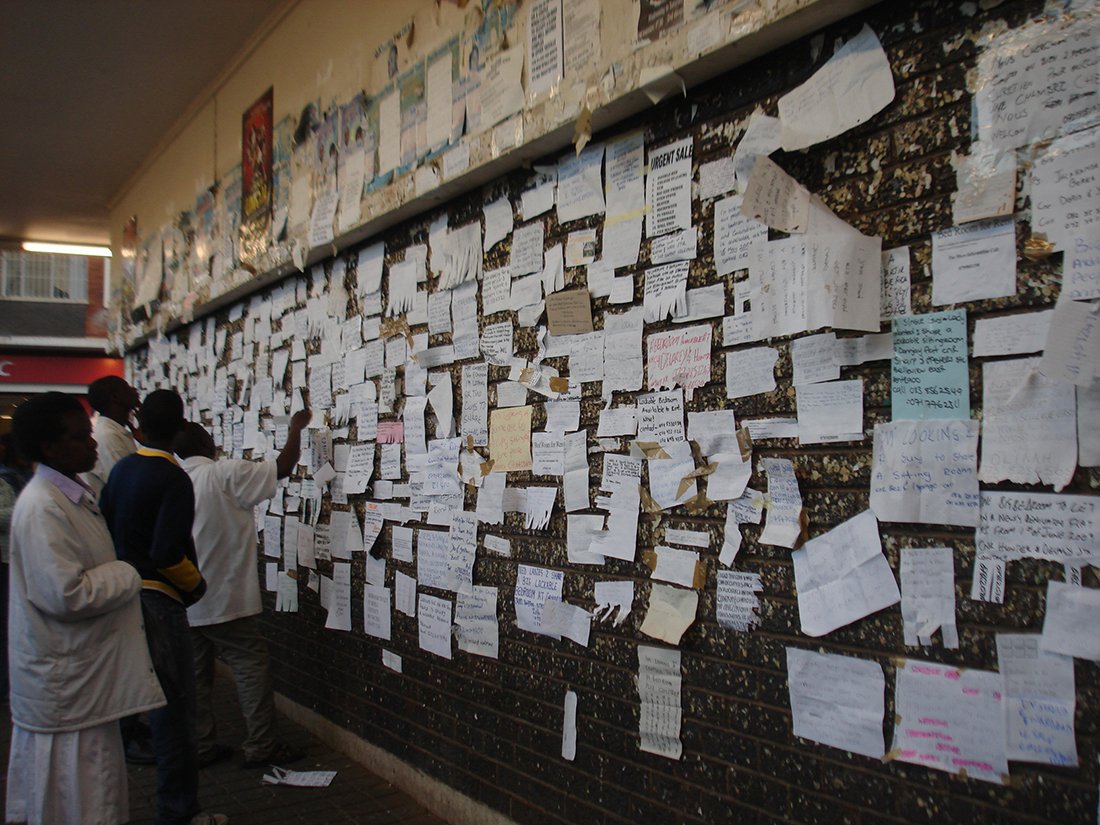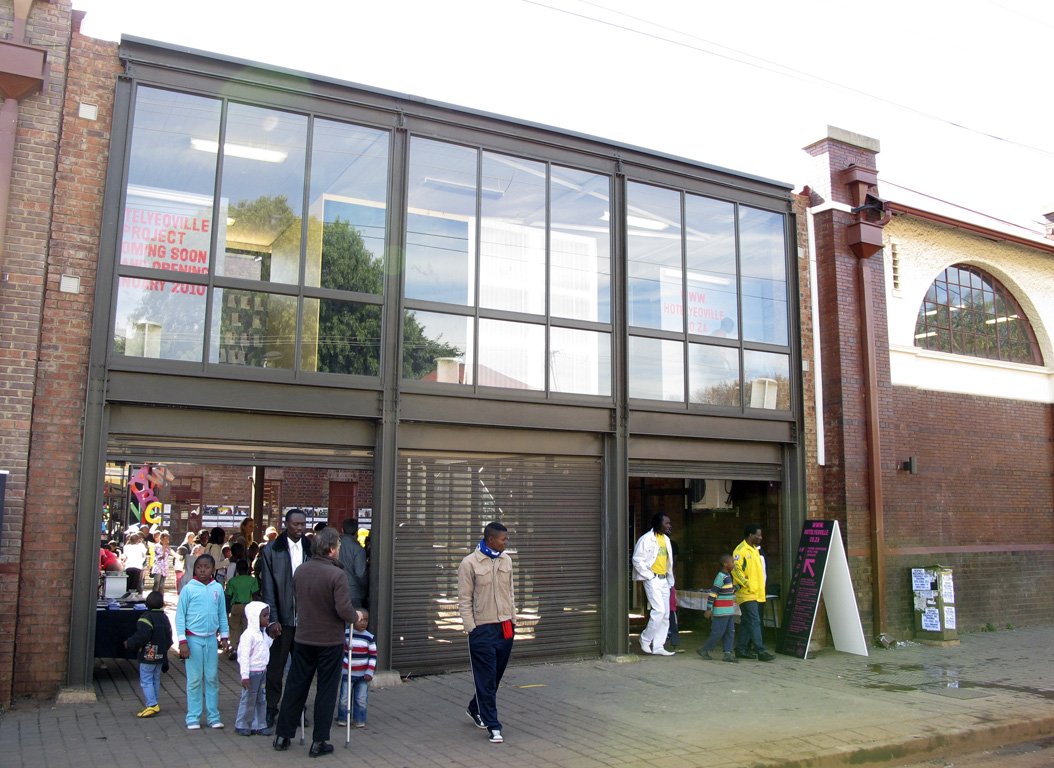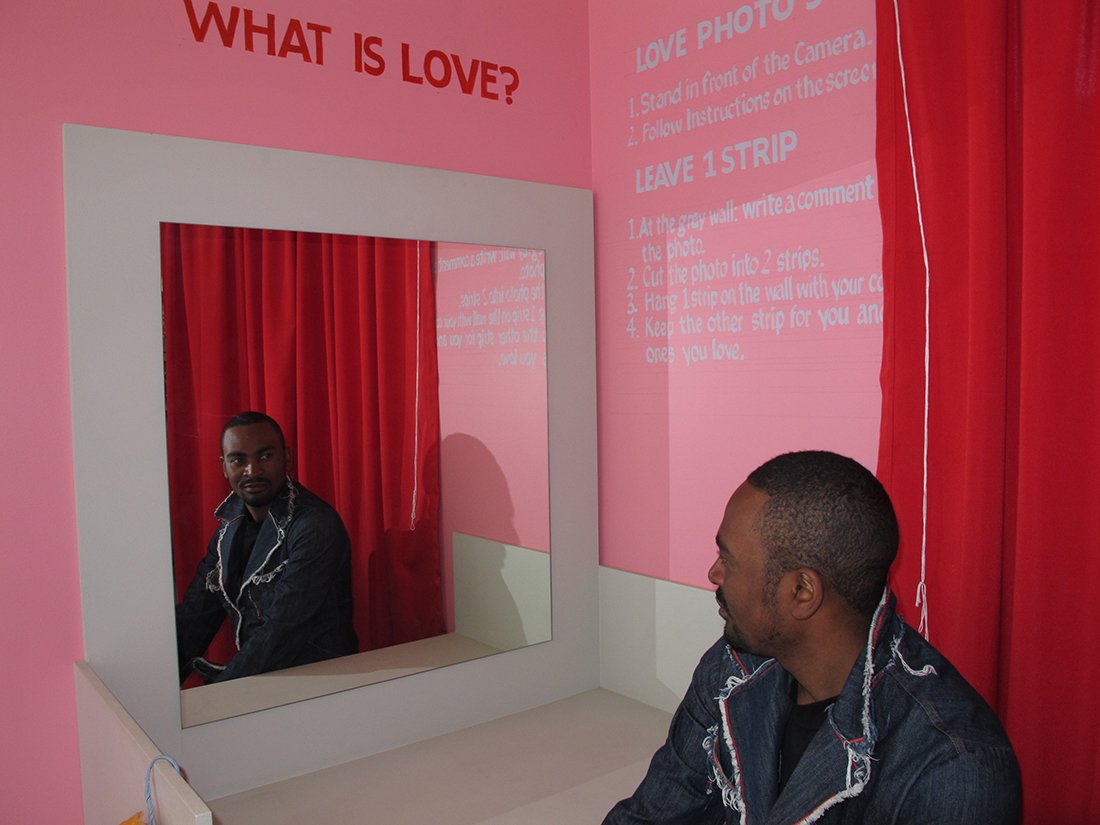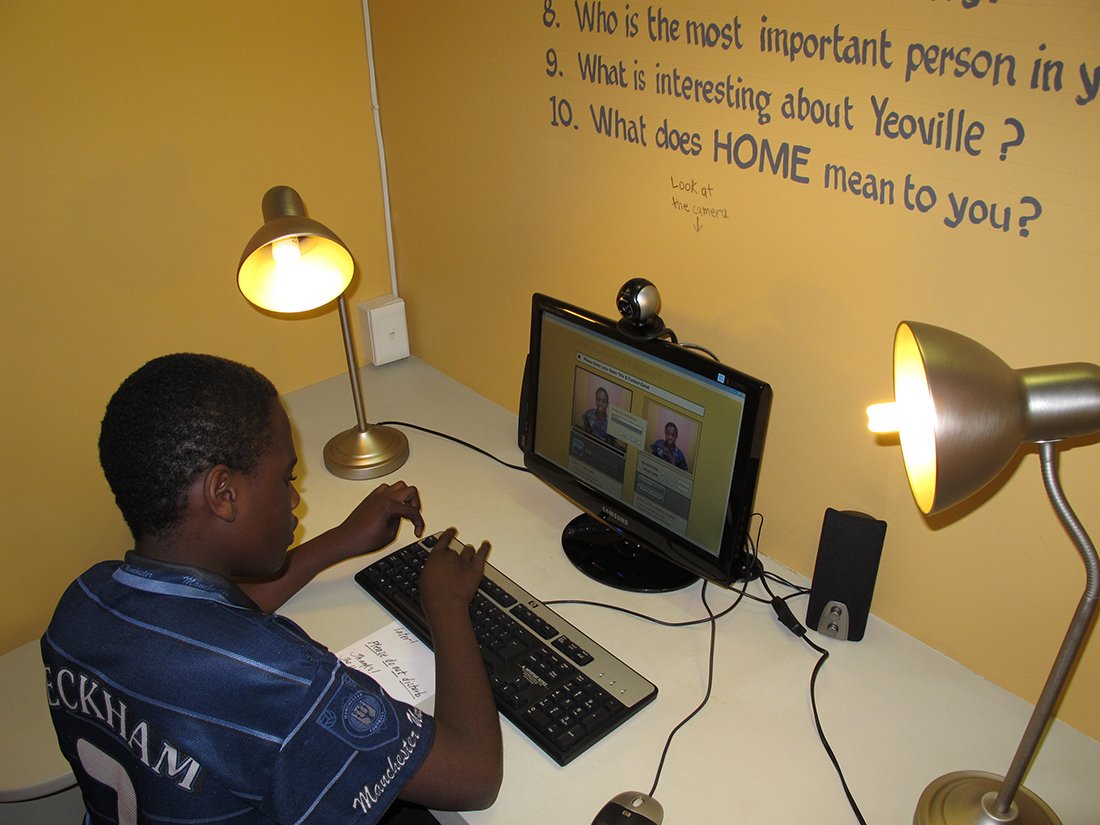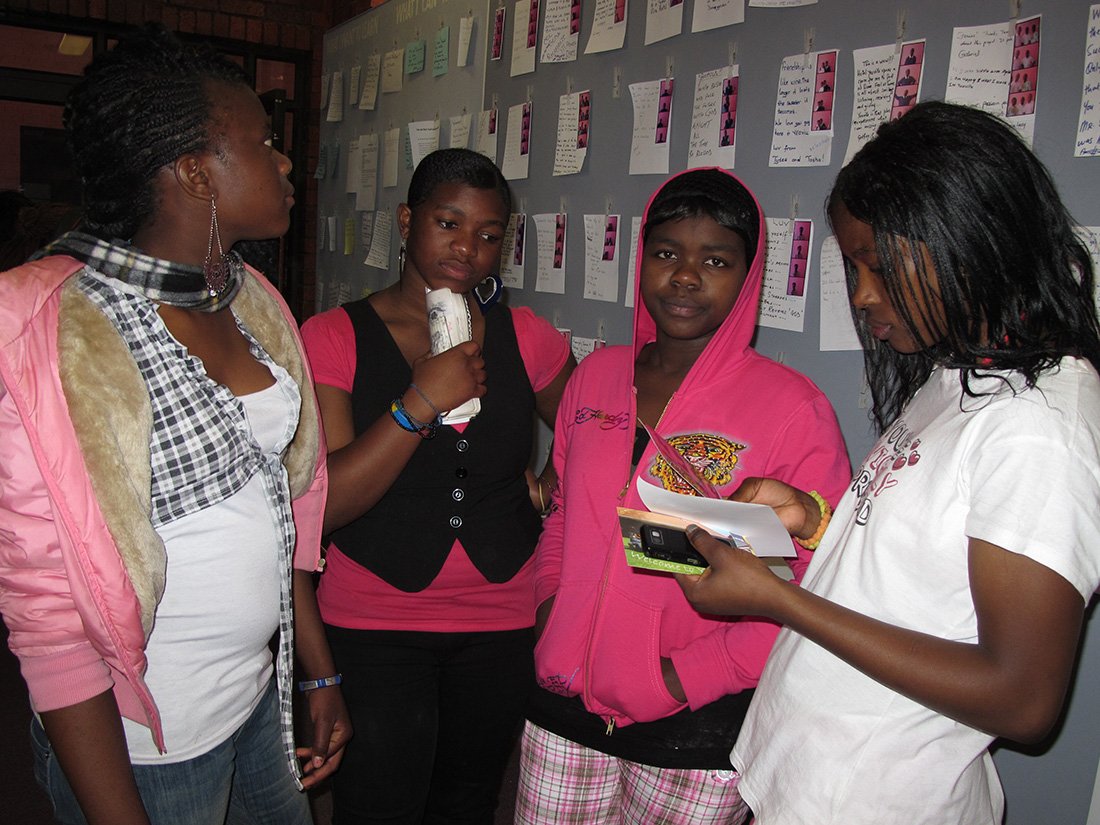Hotel Yeoville (2008-2012)
Hotel Yeoville was a participatory public art experiment, which attempted to sculpt social spaces–both actual and virtual–in which people in the pan-African suburb of Yeoville, Johannesburg felt safe and welcome to narrate their experiences of nationality, geography, foreignness, difference and what constitutes a sense of being at home. The multimedia project comprised an interactive website, a physical installation (where every virtual space had an actual and physical corollary), and finally, a book.
-
I directed the project in collaboration with a diverse team of artists, architects, social scientists, urban planners, Yeoville residents, community activists, business people and digital designers. The participatory installation and online forum was institutionally based at Wits University’s African Centre for Migration and Society (ACMS). But the work took place in Yeoville; an old, neglected suburb on the eastern edge of the inner city of Johannesburg.
Yeoville has always been a foothold for new migrants to the city and it now hosts micro-communities from countries like Nigeria, Democratic Republic of Congo, Ethiopia, Somalia, Ghana, Ivory Coast, Mozambique, Zimbabwe and other parts of the African continent. Isolated and excluded from the formal economy and mainstream South African society, their dominant engagement is with each other and with home in faraway places. In this inhospitable public domain, Hotel Yeoville explored the capacity of ‘acts of intimate exposure’ to enable people to make human connections with others.
While developing the project idea (in late 2007) my team and I team spent several months conducting research in Yeoville. We were struck by the proliferation of walls covered in handwritten-notices and advertising flyers, and by the Internet Cafes (this was in the time before smartphones! If you can remember a time like that!)—more than thirty in a seven block radius—which functioned as social and community centres. The installation, inspired by the communal nature of the cafes, and installed in the newly refurbished Yeoville public library, consisted of a series of booths where Yeoville residents could tell their personal stories: a journey booth, which allowed visitors to share via Google Maps why and how they came to Yeoville; a photo booth (and accompanying photo wall); a video booth; a business booth; and a story booth.
The project was an attempt to record the minutiae of everyday life in Yeoville, bringing various forms of personal and intimate experience into public circulation and offering a different view of immigrant life than the one typically seen in the media, especially after the first wave of deadly xenophobic attacks in 2008. One key component was the use of social media, as participants could upload their photos, videos, and stories to platforms like YouTube and Facebook. We specifically used social media for the inherent tension between public and private, (people were beginning to share their personal lives in an increasingly public manner). Hotel Yeoviile, then, was an amalgamation of threads of home; work and love running through the physical Yeoville, as well as a way for its subjects to assert their presence and claim home in a way not usually allowed in contemporary South African society.
Enlisting human participation and working in the public sphere is neither straightforward nor predictable. There is an irreducible tension between artistic and social narratives, and an inevitable negotiation with reality that characterises both public art processes and multi–agency projects. Working collaboratively in the public realm involves being able to build relationships of trust, and in good faith, to navigate one’s way through a complex set of power relations and negotiations between artists, other professionals, partners, funders, stakeholders, residents, participants, as well as with the audience that eventually animates and brings the work into being. But, for just a few weeks short of a year, the project ran five days a week and generated public engagement, argument, discussion, and unusual, extraordinary social experiences at the same time as it produced a distinct and tangible body of work.
Hotel Yeoville included many phases, processes, and products. To see and read about this project in more detail, take a look at my two contributions to the final Hotel Yeoville publication.
Towards the end of the project’s run in the Yeoville Library, my friend Brenda Goldblatt made this short video record, which recalls a typical day in the life of this project. You can watch it here.




